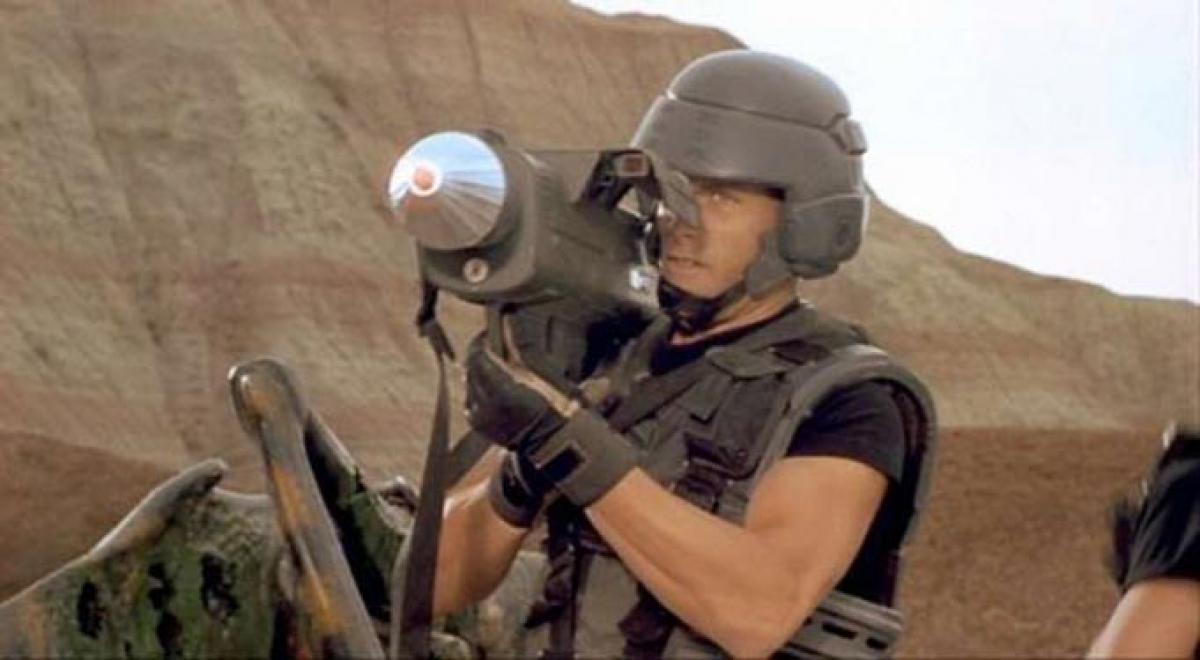Live
- Bad air: 106 shuttle buses, 60 extra Metro trips planned to make Delhiites give up cars
- WHO reports declining monkeypox cases in Congo
- CM Attends Kotideepotsavam on Kartika Purnima
- PKL Season 11: Raiding trio of Devank, Ayan, Sandeep help Patna Pirates rout Bengal Warriorz
- Food waste crisis fuels sustainable practices across APAC food & beverage industry: Report
- AI helps erase racist deed restrictions in California
- ATMIS completes third phase of troops' drawdown in Somalia
- PM Kisan Samman Nidhi scheme bringing smile to Nalanda farmers
- German economy forecast to lag eurozone growth until 2026
- CM Shinde orders stern action against hoarding of onions amid rising prices





 A tactical nuclear weapon (or TNW) also known as non-strategic nuclear weapon refers to a nuclear weapon which is designed to be used on a battlefield in military situations. This is opposed to strategic nuclear weapons which are designed to be used against enemy cities, factories, and other larger-area targets to damage the enemy's ability to wage war.
A tactical nuclear weapon (or TNW) also known as non-strategic nuclear weapon refers to a nuclear weapon which is designed to be used on a battlefield in military situations. This is opposed to strategic nuclear weapons which are designed to be used against enemy cities, factories, and other larger-area targets to damage the enemy's ability to wage war. 



